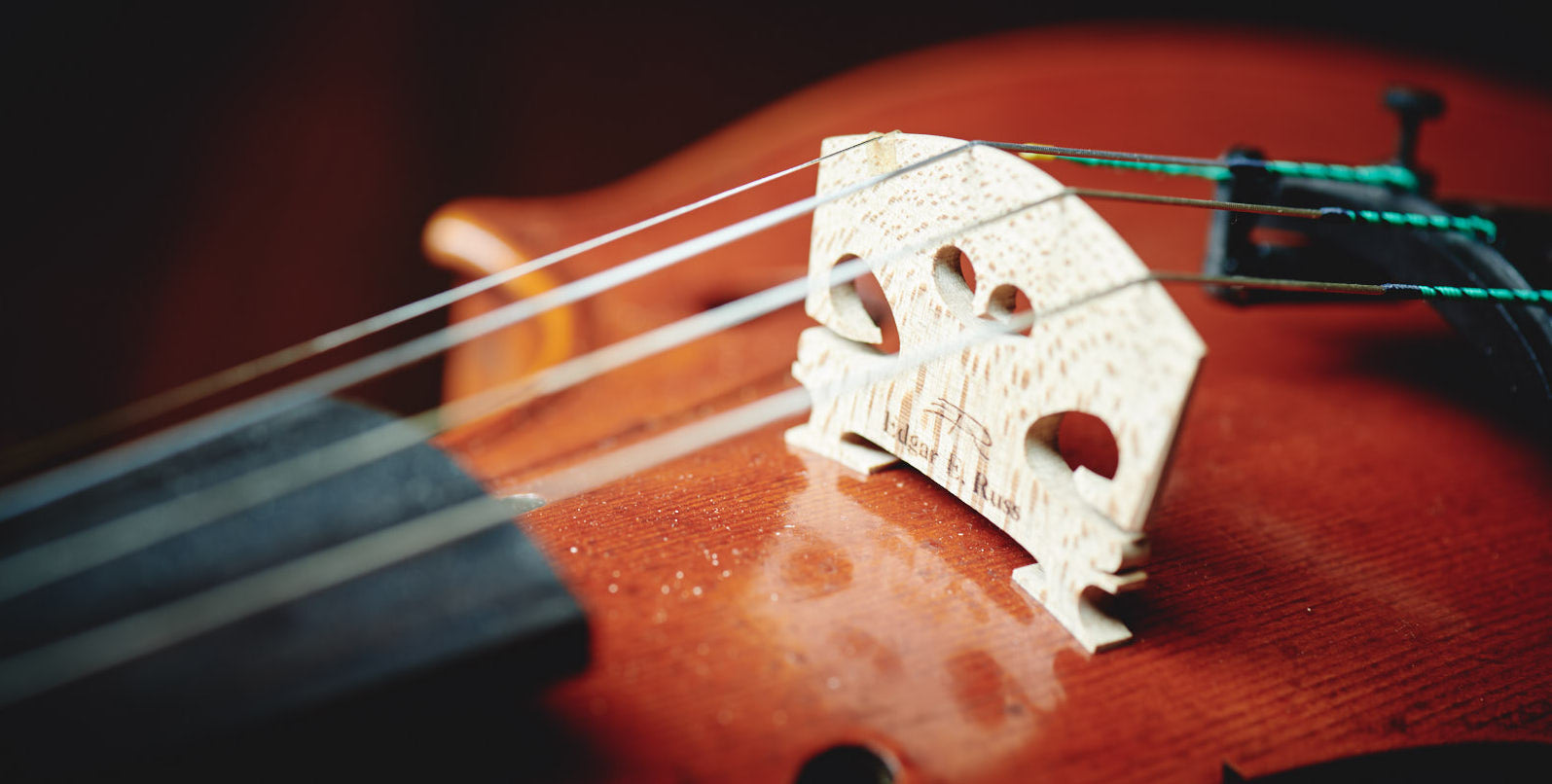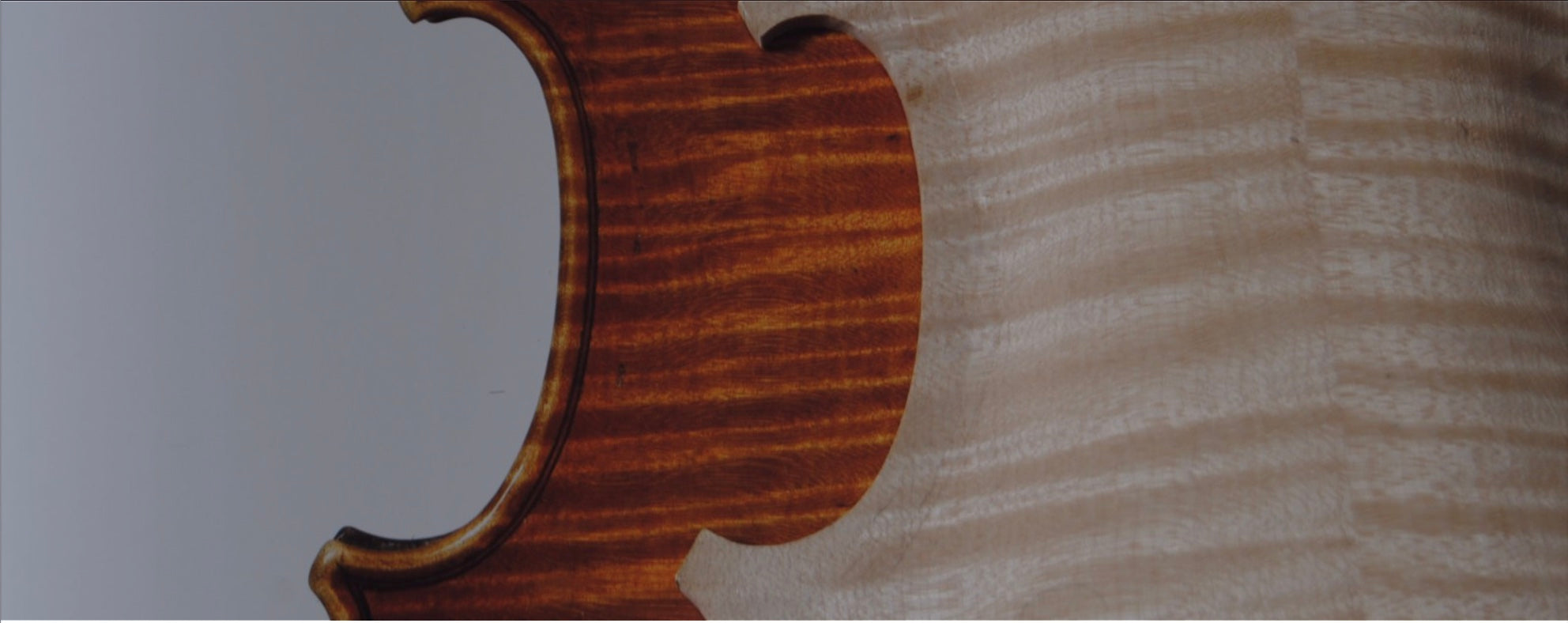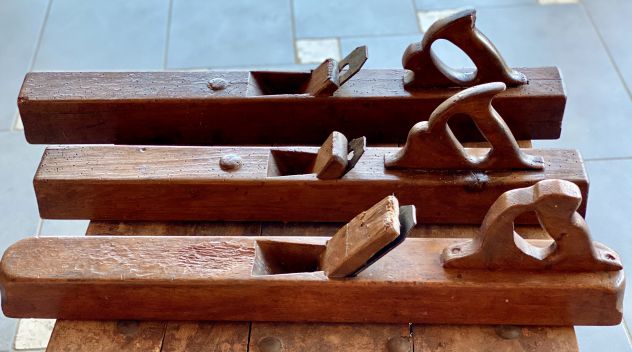
String Slots on the Bridge, a detail worth looking at!
Hello everybody,
over the years I’ve done some videos about the bridge (you can have a look at them here and here), but recently I got an interesting question from a subscriber that asked my opinion on string slots!
At Arst you might thing is not a really interesting subject, but it’s actually a great topic for someone who is really interested in violinmaking.
About that, if you are really into discovering all the secrets to violinmaking and having access to weekly exclusive content, you have to check out my Patreon page, where I am actually Alming a speciAc series of video only about bridges and setting up your instrument!
Back to the issue, when I am looking at some bridges I am also looking at this detail. I know you might think I am a maniac, but is actually an important detail for handmade instruments coming from Cremona, the capitol of violinmaking.
Maybe I can overlook this in low grade instrument, for example Chinese instrument, which I am actually grateful for, because they give everyone an occasion to play an instrument that, if is set up well, could also be good!
If you want your instrument to sound very well, remember: the string that is creating the sound by vibration, is being kept in two places. On the the upper nut and the bridge! So only from this point of view you could imagine that how the string is laying on the bridge might be and actually is very important!
One small detail: a very important role is also played by the curve of your bridge, and also by the distance between one bridge slot from another. This distance may seem diNerent from one string to the other one, but actually we measure from the center of the string to the other center. So, don’t worry if it doesn’t look perfect, it’s actually only an optical illusion!
We have some different scenarios, that I will analyze for you:

The Arst case is that the slot is only pressed down with a knife, and not actually cut out. In this case it’s not that bad, the pressure of the string will
squeeze the wood around and create over time a more round channel (that will become like case n.4).
One tiny problem: most of the time, when you put a string in this way, the string will tend to fall in one direction, depending on which side of the bridge it is, so... be careful!

Another option is that your violinmaker carefully cut some wood oN. Also in this case there is the chance that your string is not kept very well and that over time is falling down in some direction.

In this third scenario, the worst one you could ever be in, the slot is round (which is actually nice) but way too deep for the string: it will not have the freedom to vibrate and create as much sound as possible!

The perfect case is that the slot is a 1/3 of the string diameter deep in your bridge. In this way, the string is touching nicely in the spots and is lying very well, having enough space to vibrate beautifully but staying exactly in the position you want.
I hope this blog post helped someone out there, if you want to see all the scenario in a more detailed way, head over to this video and you will get all the info:
Have a good one, Edgar




Leave a comment
This site is protected by hCaptcha and the hCaptcha Privacy Policy and Terms of Service apply.